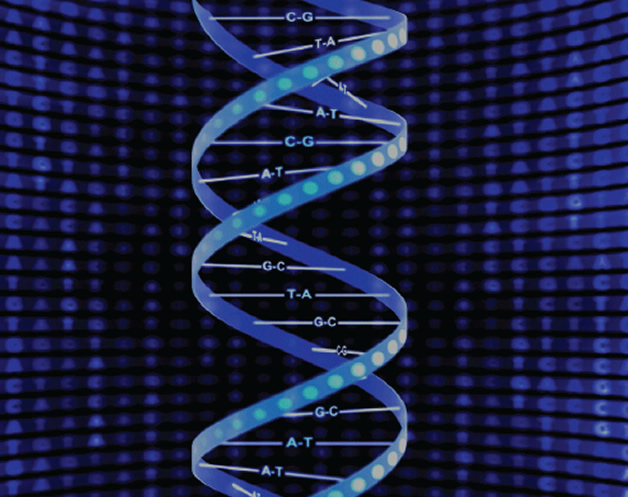Sequencing
Sequencing is the process of determining the precise order of nucleotides within a DNA molecule. It includes any method or technology that is used to determine the order of the four bases—adenine, guanine, cytosine, and thymine—in a strand of DNA. The advent of rapid DNA sequencing methods has greatly accelerated biological and medical research and discovery.
Knowledge of DNA sequences has become indispensable for basic biological research, and in numerous applied fields such as medical diagnosis, biotechnology, forensic biology, virology and biological systematics. The rapid speed of sequencing attained with modern DNA sequencing technology has been instrumental in the sequencing of complete DNA sequences, or genomes of numerous types and species of life, including the human genome and other complete DNA sequences of many animal, plant, and microbial species. Following the development of fluorescence-based sequencer, DNA Sequencing has become easier and orders of magnitude faster.
DNA sequencing may be used to determine the sequence of individual genes, larger genetic regions (i.e. clusters of genes or operons), full chromosomes or entire genomes, of any organism. DNA sequencing is also the most efficient way to sequence RNA or proteins (via their open reading frames). In fact, DNA sequencing has become a key technology in many areas of biology and other sciences such as medicine, forensics, or anthropology.
The success of a DNA sequencing protocol is dependent on the sample preparation. A successful DNA extraction will yield a sample with long, non-degraded strands of DNA which require further preparation according to the sequencing technology to be used. For Sanger sequencing, either cloning procedures or PCR are required prior to sequencing. In the case of next generation sequencing methods, library preparation is required before processing.
With the advent of next generation sequencing, Illumina and Roche 454 methods have become a common approach to transcriptomic studies (RNAseq). RNA can be extracted from tissues of interest and converted to complementary DNA (cDNA) using reverse transcriptase—a DNA polymerase that synthesizes a complimentary DNA based on existing strands of RNA in a PCR-like manner. Complementary DNA can be processed the same way as genomic DNA, allowing the expression levels of RNAs to be determined for the tissue selected.
CELKHA BIOSCIENCES therefore aims at becoming a Sequencing centre that will deal on several fields such as Molecular biology, Evolutionary biology, Metagenomics, and Forensics. We hope to satisfy our clients by applying advanced methods and de novo sequencing such as Shotgun Sequencing, Bridge PCR, as well as High-throughput methods which include Molecule real-time Sequencing, Ion Semiconductor (Ion Torrent Sequencing), Pyrosequencing, Sequencing by synthesis (Illumina), Sequencing by ligation (SOLiD Sequencing), Nanopore Sequencing, Chain termination (Sanger Sequencing), and Illumina (Solexa) Sequencing with special focus on methods in development such as Tunnelling Current DNA Sequencing, Sequencing by hybridization, Sequencing with Mass Spectrometry, Microfluidic Sanger sequencing, Microscopy-based techniques, RNAP Sequencing, In vitro virus high-throughput sequencing etc.

